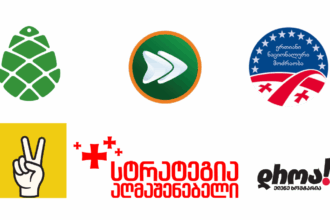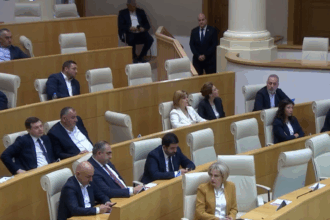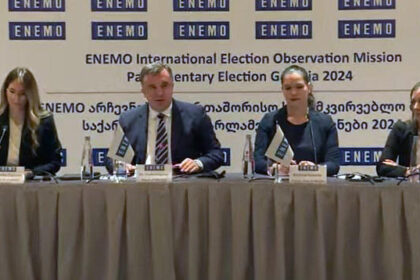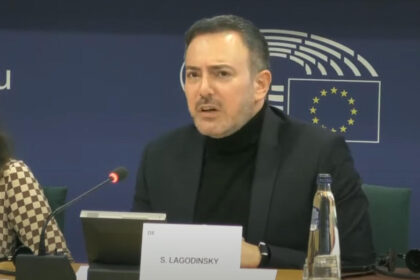If individuals associated with a banned party create a new party or join an existing one, and the Constitutional Court determines that their presence there allows it to be said that this is a new successor party or that the existing party has, in essence, become a successor party, then the Constitutional Court can make a decision and ban that party as well. In other words, there should be no way to circumvent – when you ban a party, there should be no loopholes to bypass it and simply take another name,” stated Parliament Speaker Shalva Papuashvili.
He also explained whether members of “Lelo,” “National Movement,” and “Coalition for Change” could create another party if the Constitutional Court bans them.
“This is exactly what the successor party institute addresses, which implies the following: if a party exists and is deemed to violate the constitution and is banned, its members and associated individuals should not have the opportunity to circumvent this decision through legal formalities – simply establishing that today there is the ‘National Movement,’ and if it is banned by the Constitutional Court, tomorrow they create and name it ‘People’s Movement,’ with the same people gathering for the same goals. Therefore, the successor party institute ensures that after a party is banned, we monitor the individuals associated with the banned party to see if they are attempting to find other means of political activity. If we see this, we will appeal to the Constitutional Court. For example, if the ‘National Movement’ is banned and its members or associated individuals create another party, conditionally named ‘People’s Movement,’ if this happens, we can appeal to the Constitutional Court and say that in reality, this is a copy of the previous party – it is a successor party in its composition, ideology, organizational structure, regional party structures, and so on – various criteria indicating this. The Constitutional Court has a two-week period to deliberate, and if it determines that this is actually a farce, that politicians are trying to maneuver and create a new legal form, then as a successor party, it will be banned.
If individuals associated with a banned party create a new party or join an existing one, and the Constitutional Court determines that their presence there allows it to be said that this is a new successor party or that the existing party has, in essence, become a successor party, then the Constitutional Court can make a decision and ban that party as well. In other words, there should be no way to circumvent – when you ban a party, there should be no loopholes to bypass it and simply take another name,” Shalva Papuashvili stated.
Shalva Papuashvili: After banning a party, we will monitor whether individuals associated with it attempt to find other means of political activity – if we see this, we will appeal to the Constitutional Court












